Soup enters the cup to distinguish superiority and inferiority
In the observation of tea connoisseurs, Pu-erh tea develops an intuitive understanding: the age of Pu-erh tea is a key factor in determining its quality and value. However, without certification of "vintage," the ability to discern relies on brewing to reveal the tea's hidden qualities, including whether it is a raw cake or ripe cake and the authenticity of its storage duration.
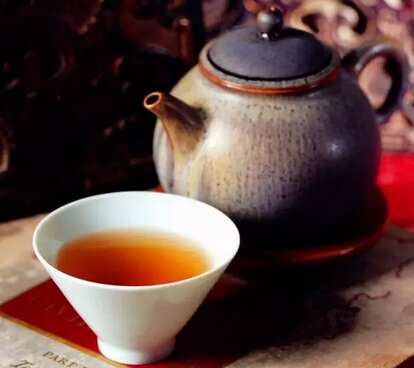
When the brewed tea soup is poured into the cup, the color and aroma of the tea can break through visual limitations, even leading to a rational understanding to judge whether the tea is truly aged or falsely claimed.
The cup that holds the tea soup plays a role in the process of observing the tea. One can judge the tea by its "color" and discern its quality by its aroma. Therefore, the cup must be objective in its presentation—its color should not overpower the tea's color, nor should it mask the tea's aroma.
Porcelain cups faithfully reflect the quality of Pu-erh tea, making its superiority or inferiority immediately apparent.
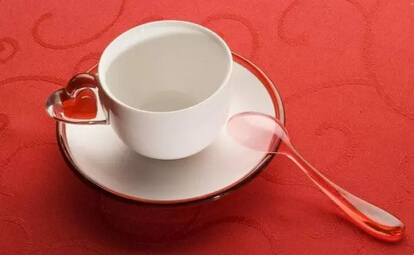
Find the right tea and drink the right tea
Since the starting points of evaluation and appreciation differ, the desired effects of the tea soup also vary. For evaluation, white porcelain cups are ideal, as they reveal the true color of the tea soup and allow one to face the mystery of Pu-erh tea without confusion. Using cups of other colors may obscure the tea's quality and confuse its age, turning the facts present in the tea's surface and soup into excuses for storytelling.
Breaking through the misconceptions about Pu-erh tea, the first is "the older, the better." How old is considered old? Does one year count as old? Then, would a 30-year-old Pu-erh tea be 30 times "better" than a new one? "Old means good"—this is emotional bias.
Pu-erh tea is often mixed with "narrative drama" stories, which are merely tools to facilitate transactions. Stepping away from the "dramatized" storytelling about Pu-erh tea and letting go of its myths, one can calmly choose the right cup to "study" the tea soup's color. Whether it's wild Pu-erh tea, terrace Pu-erh tea, pile-fermented Pu-erh tea, or sun-dried Pu-erh tea, all can be judged based on objective factors.
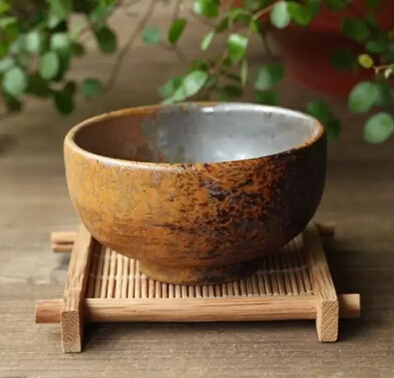
The rebirth of yin and yang
A bright tea soup with a clear golden ring is a sign of high-quality Pu-erh tea. Pile-fermented and aged sun-dried Pu-erh tea may appear red and bright, but the former can carry a sour note, while the latter emits a glutinous rice aroma. Similarly, judging the tea soup's color should not rely on hue but on brightness. High-quality raw Pu-erh tea cakes have a bright soup color, resembling the golden hue of high-quality green tea. The "brightness" of the tea soup hides details such as the weather during picking and the production process.
The dazzling tea base lies at the bottom of the cup
The same tea plant, with its original form, reflects the soil in which it is grown, dividing into various compositions and arrangements that showcase the tea's deep-rooted essence. The tea's identity is innate and resists external interference. Giving tea a genetic ID may seem scientific but contradicts its inherent nature. The dazzling tea base is not far away, not in a cold database, but in the cup of hot tea soup.
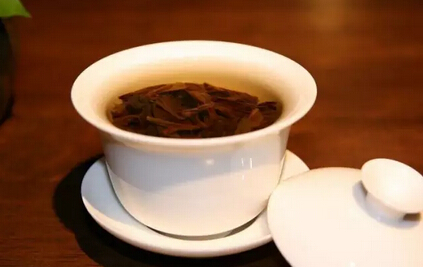
White porcelain conceals nothing
If one wishes to study the tea's aroma and its vivid life, the tea's fragrance in the wind and the cup can lead the tea drinker into deep reverie. Stepping away from imagination, the practical step is choosing the right cup.
For Pu-erh tea soup, white porcelain cups allow the color to be fully displayed without concealment, which is the foundation of modern tea evaluation. Among white porcelain, the plain white porcelain from Jingdezhen, with its thin body and pure glaze, offers the strongest reflective ability. Compared to Dehua's ivory porcelain cups, the latter's yellowish hue can deepen the red tea soup, affecting judgment accuracy.
Using a cup to observe tea or a glass vessel with high transparency may seem ideal, but glass dissipates heat quickly, causing the tea soup to lose its flavor.
With such musings, the cup for tasting Pu-erh tea shifts from the awake white porcelain to the hidden depths of ceramic. The pores of ceramic and the warmth of clay remove impurities absorbed during storage, using the even temperature of the clay to smooth out tannins. Each encounter between ceramic and Pu-erh tea plays a role in harmonizing and elevating the experience.
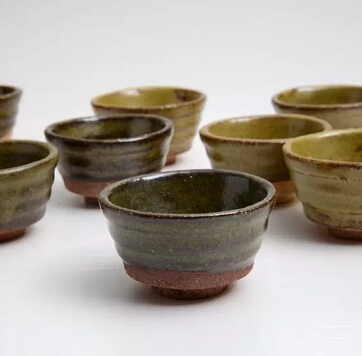
Ceramic and porcelain are vastly different
The invention of porcelain is closely related to pottery, but they are two distinct materials.
In the early Neolithic Age of primitive society, pottery (clay) was already used to make and fire vessels. During the Xia and Shang dynasties, hard gray pottery appeared. Pottery is made from clay and fired at temperatures between 700-800 degrees Celsius, rarely exceeding 1000 degrees.
In the process of firing pottery, it was discovered that adding kaolin (or porcelain clay) with a certain amount of feldspar and quartz could improve sintering performance. Since the surface was unglazed, it was called "primitive plain-fired porcelain." Later, blue glaze mineral materials were discovered, leading to the creation of "primitive celadon" with better sintering performance and glazed surfaces.
Porcelain is fired at temperatures above 1000 degrees Celsius, resulting in a harder, less absorbent body that produces a clear, metallic sound when struck.
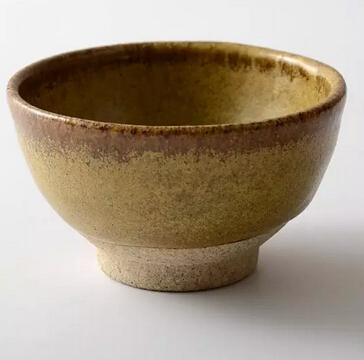
Artistry and practicality
The method of making cups varies, and appreciating them is subjective. Handmade cups each have unique characteristics. Beyond their artistry, the practicality of ceramic cups must consider density and absorption rates, which affect the tea soup.
Large cups are ideal for aged tea
Cups come in countless forms, and choosing one for tea tasting depends on ceramic density. Low density indicates high absorption, which significantly impacts tea aroma and flavor. An absorption rate of 5-10% is ideal, as it can filter out the sourness from pile-fermented dark tea.
Cup selection has two aspects: those who prefer strong tea aroma should choose high-density porcelain cups or lidded cups. Since porcelain is non-porous, high-quality aged tea can fully express its intrinsic beauty, showcasing its matured charm.
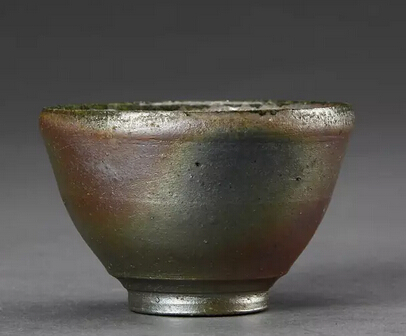
Those who prefer a mellow, original tea soup should choose ceramic cups. The looser body reduces the tea's aromatic intensity but concentrates the soup's thickness, creating a full-bodied and mature taste.
For aged tea, larger cups are preferable. The size should fit comfortably in the palm. Ceramic cups are superior to porcelain, especially unglazed or wood-fired cups, or single-glazed cups, as they enhance the taste and atmosphere of aged tea.
Using ceramic cups for dark tea allows the soup's color to sink into the boundless depth of the ceramic, creating the most vivid "life" in tea tasting!